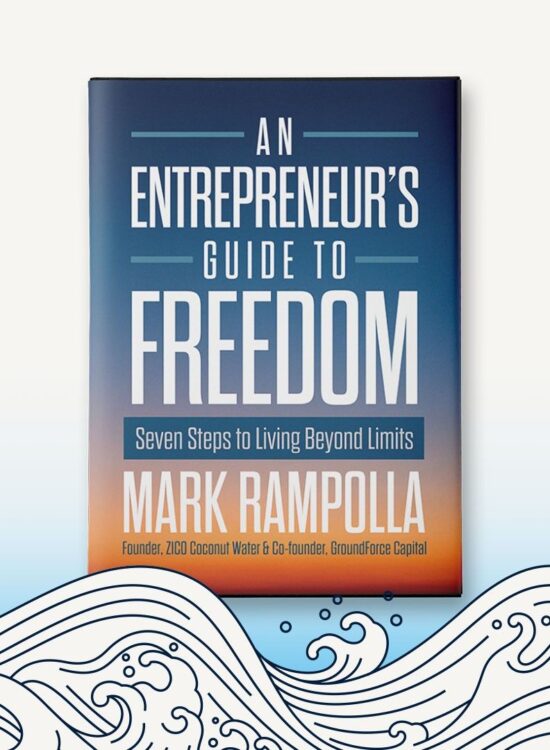What Private Equity Can Learn From Hedge Funds About Investing in a Downturn
Dan Gluck — June 28, 2022
Hedge fund investors think about their work a little differently by design. In that industry, it’s all about risk management and downside protection when constructing a portfolio. You don’t make wild bets without covering yourself in case of a loss.
I should know. Before joining PowerPlant Partners, I worked at a hedge fund for nearly 15 years helping to manage a $3B portfolio.
What I learned over that time is that, compared to private equity or venture capital, at the hedge fund level there is much more time spent on looking at your portfolio as a whole and really trying to understand the risk profile of it all together. What would adding one or two investments mean to the exposure level of your overall portfolio? Are your investments clustered in too few industries or verticals? How well is your entire process positioned for growth over time?
Hedge fund investors are asking those kinds of questions every day, and I don’t see that very often in private equity and venture capital. More often than not, investors in our space are focused on investments on an isolated basis – how much potential does this company, or industry, or team have? – without thinking about the overall impact and risk that you would be taking on by adding them to the portfolio.
That’s a mistake, in my opinion, and one reason why we do things differently at PowerPlant.
As a firm we’ve spent a lot of time thinking about and researching what our ideal portfolio needs to look like for what we’re building. That includes sizing positions with respect to allocation to certain sectors and categories, and just being more deliberate and thoughtful with our portfolio construction and ultimately our risk adjusted returns. Just as in the hedge fund world – where you have a base case, a bull case and a bear case for every investment you consider – we weigh our decisions based on each expected outcome and by our confidence level in them, leaving us with a risk adjusted, weighted return expectation for each individual investment. Repeat that over and over again across the portfolio and you have a better sense of what the expected return will look like for your portfolio as a whole.
In a growth market, this type of portfolio construction process ensures that we’re able to deliver expected returns without exposing ourselves to excess risk.
But where this approach truly shines is in a downturn like we’re starting to see right now, as valuations start to dip, heavily leveraged startups go under, and investors start to pull back and go defensive. When the market gets choppy, having a risk adjusted portfolio offers a level of certainty around what’s coming and what the potential impact on our holdings might be. We know what the worst case could look like, and we’re OK with that because we prepared for this from the very beginning.
That not only helps protect the portfolio in the short term but also sets us up to take advantage of the opportunities that are sure to pop up as this downturn drags on. Lower valuations mean a chance to buy for value later on, riding the market back up as things recover. After all, that’s what a hedge fund would do.



